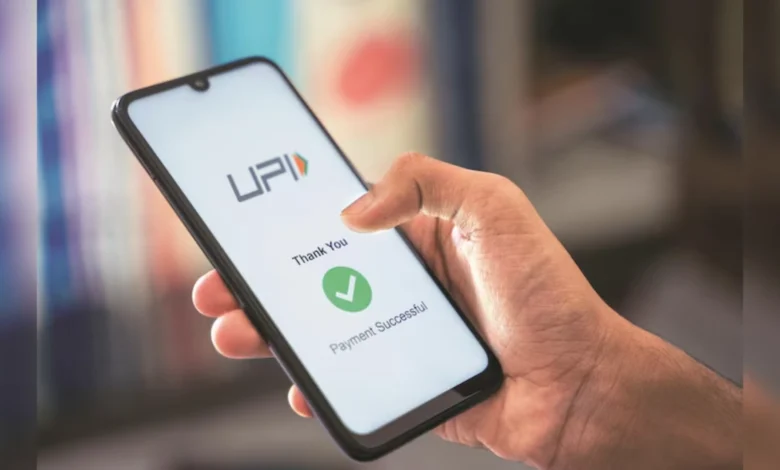India Plans to add 300 Million New Users to UPI Payments Platform

India is planning to expand the reach of its Unified Payments Interface (UPI), a real-time payments system, by bringing millions of new users onto the platform. The goal is not only to make UPI more accessible within India but also to promote its use in other countries.
Expanding UPI Access for Millions of Indians
The National Payments Corporation of India (NPCI) is working to bring an additional 200 million to 300 million people onto UPI. This will help break people’s reliance on cash and give them access to a convenient and secure way to make payments. Initiatives such as special accounts for children and household staff—who may not have access to traditional bank accounts—are being introduced to make it easier for more people to use UPI.
Over the past five years, UPI has transformed the way millions of people in India make payments. With just their smartphones, over 450 million consumers can make payments for everything from a small cup of tea to holiday bookings. By simply scanning a merchant’s QR code, users can pay anywhere from tiny amounts to as much as 500,000 rupees (around $5,817), all without paying any transaction fees.
UPI’s Growing Global Influence
The popularity of UPI has skyrocketed, and today, India makes up nearly 46% of the world’s digital transactions. This growth follows a 90-fold increase in retail digital payments in the past 12 years, according to a report by PwC. As UPI gains global recognition, the Indian government, NPCI, and the Reserve Bank of India (RBI) are focusing on expanding the platform overseas.
Dilip Asbe, Managing Director and CEO of NPCI, explained that the goal is to make remittances more affordable and real-time for the Indian diaspora worldwide. UPI could offer a faster, cheaper way to send money back to India, a significant service for millions of Indians living abroad.
Making UPI More Accessible and Useful
To further expand the reach of UPI, NPCI is focusing on features that will make the platform more accessible. This includes adding multilingual support and conversational chat features, which will help more people, especially in rural areas, use UPI. NPCI is also testing vision recognition technology to encourage UPI usage for parking payments.
Another exciting development is UPI’s potential to offer credit services. While UPI already allows for small loans, NPCI is looking into how UPI’s system could help banks approve loans based on a person’s repayment history, improving the lending process.
Promoting UPI Internationally
In addition to its domestic efforts, India is pushing UPI in foreign markets. Indian embassies are helping to promote UPI, and the RBI is reaching out to countries around the world to encourage them to adopt the platform. The Indian diaspora is already a major user of UPI, with a record $129 billion in remittances sent to India in 2024, according to the World Bank. UPI could also help reverse the flow of money, making it easier for Indians to pay for services abroad, such as tuition for overseas education.
India has already made deals with countries like Singapore and the United Arab Emirates, which have large Indian communities. However, it may take more time to convince countries like the UK, US, and Australia, which have their own established real-time payments systems.
The Challenge of Transaction Fees
While UPI’s growth has been impressive, there is still a debate about whether users should be charged a fee for digital payments. In particular, the Merchant Discount Rate (MDR)—the fee merchants pay to banks for processing payments—has been a point of contention. In 2020, the Indian government waived the MDR to encourage UPI adoption. However, as the platform has grown, some industry groups are pushing to reinstate the fee.
Imposing a fee could slow UPI’s growth. A survey conducted by LocalCircles with 32,000 respondents found that 73% of UPI users would stop using the service if a transaction fee were introduced. NPCI is working with the government and the RBI to find a solution, possibly by introducing small fees for larger merchants.
Conclusion
India’s plans to bring hundreds of millions of new users onto UPI and expand the platform internationally represent a major push toward improving financial inclusion and making payments more efficient. While there are challenges to overcome—such as the potential for transaction fees—UPI’s growth so far shows that it has the potential to revolutionize how the world handles digital payments. With the right strategies in place, UPI could become a global leader in digital payments.
